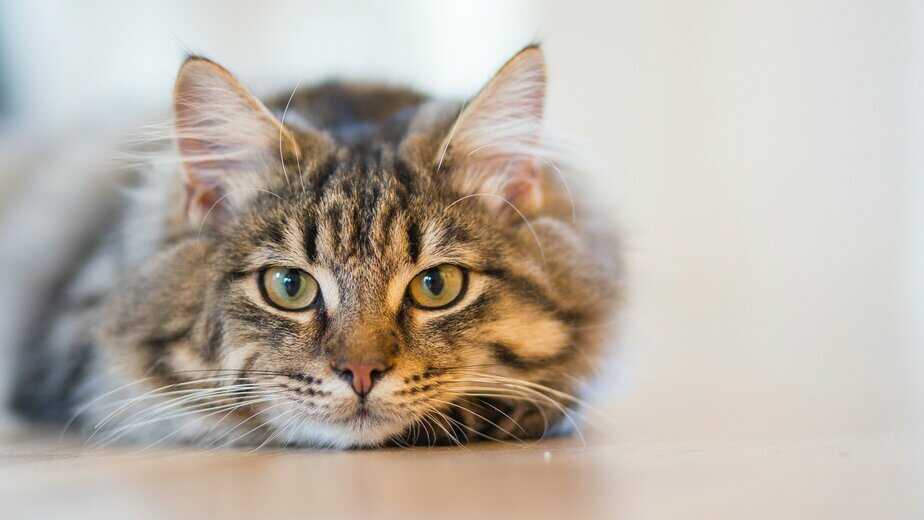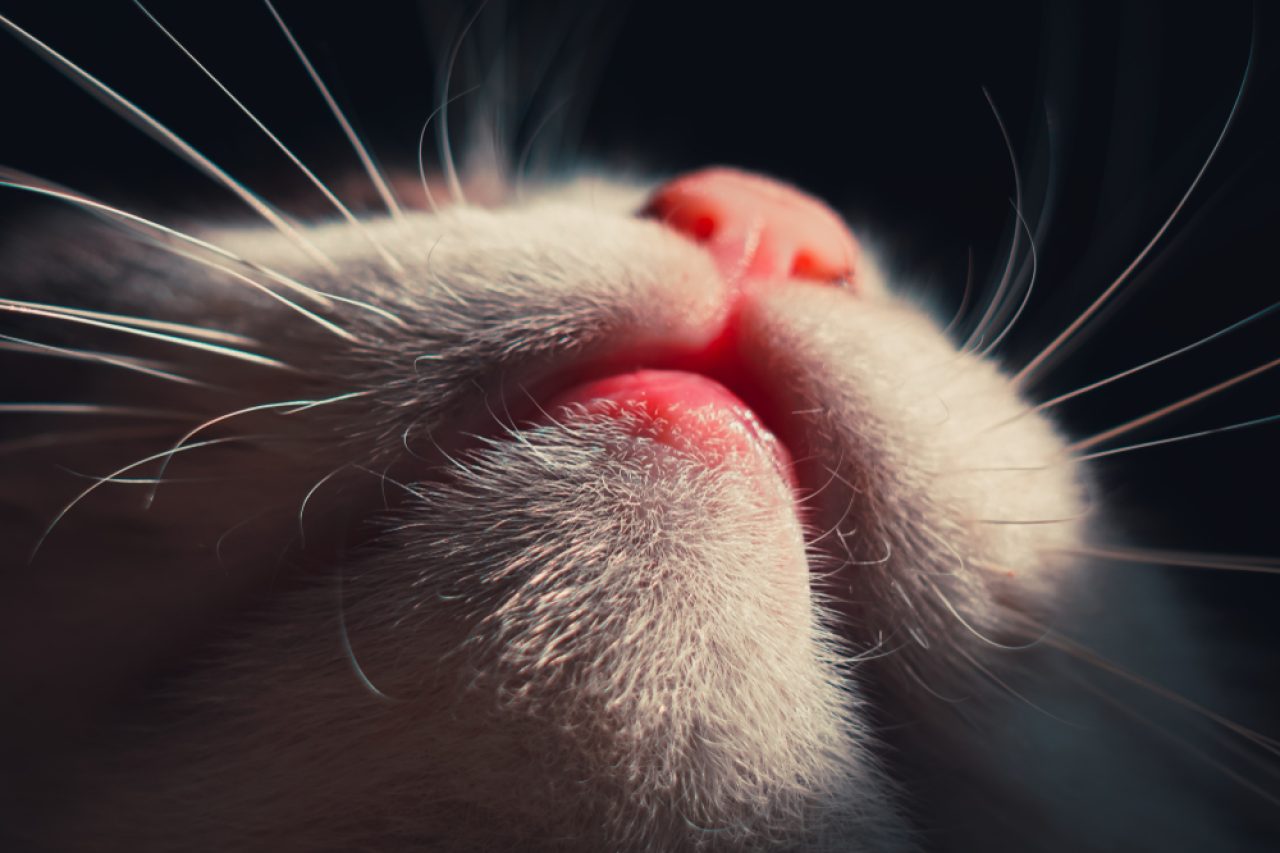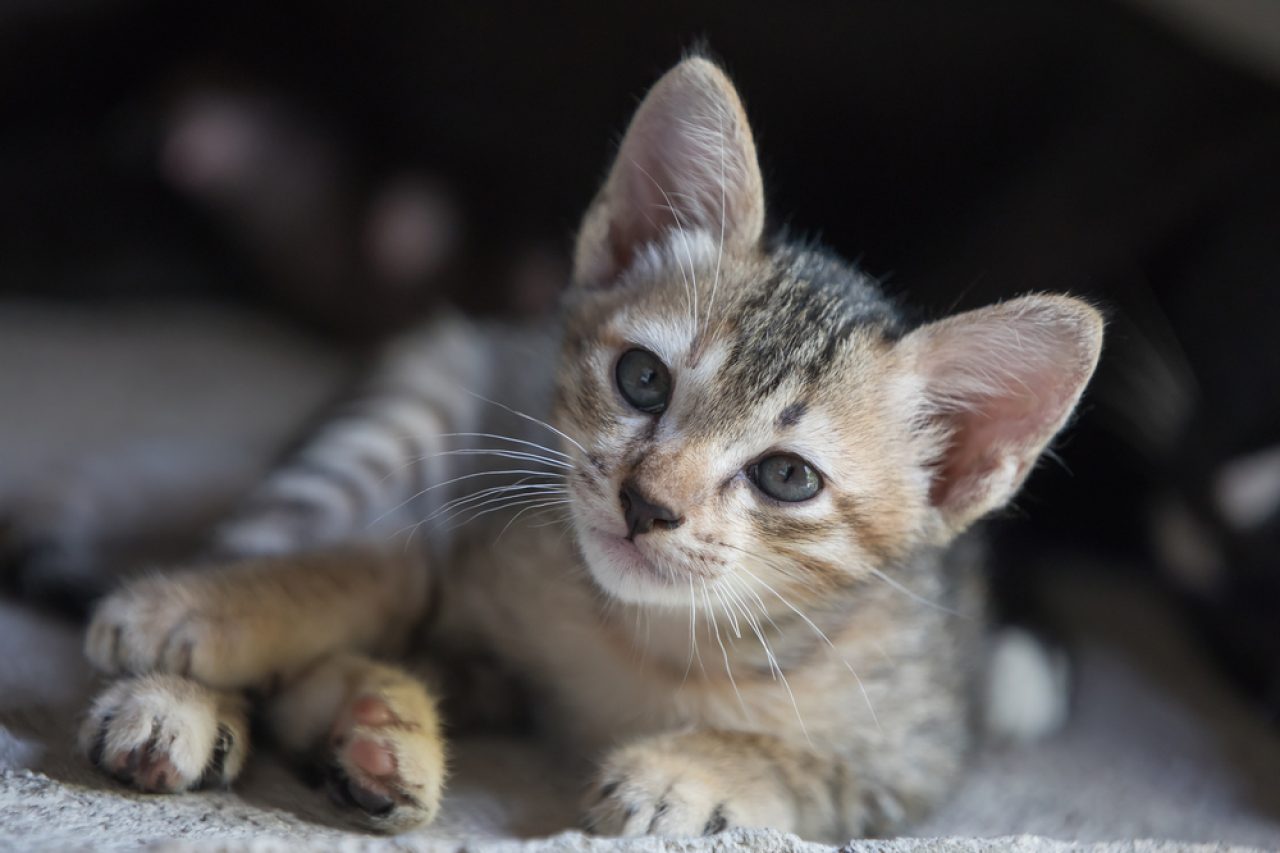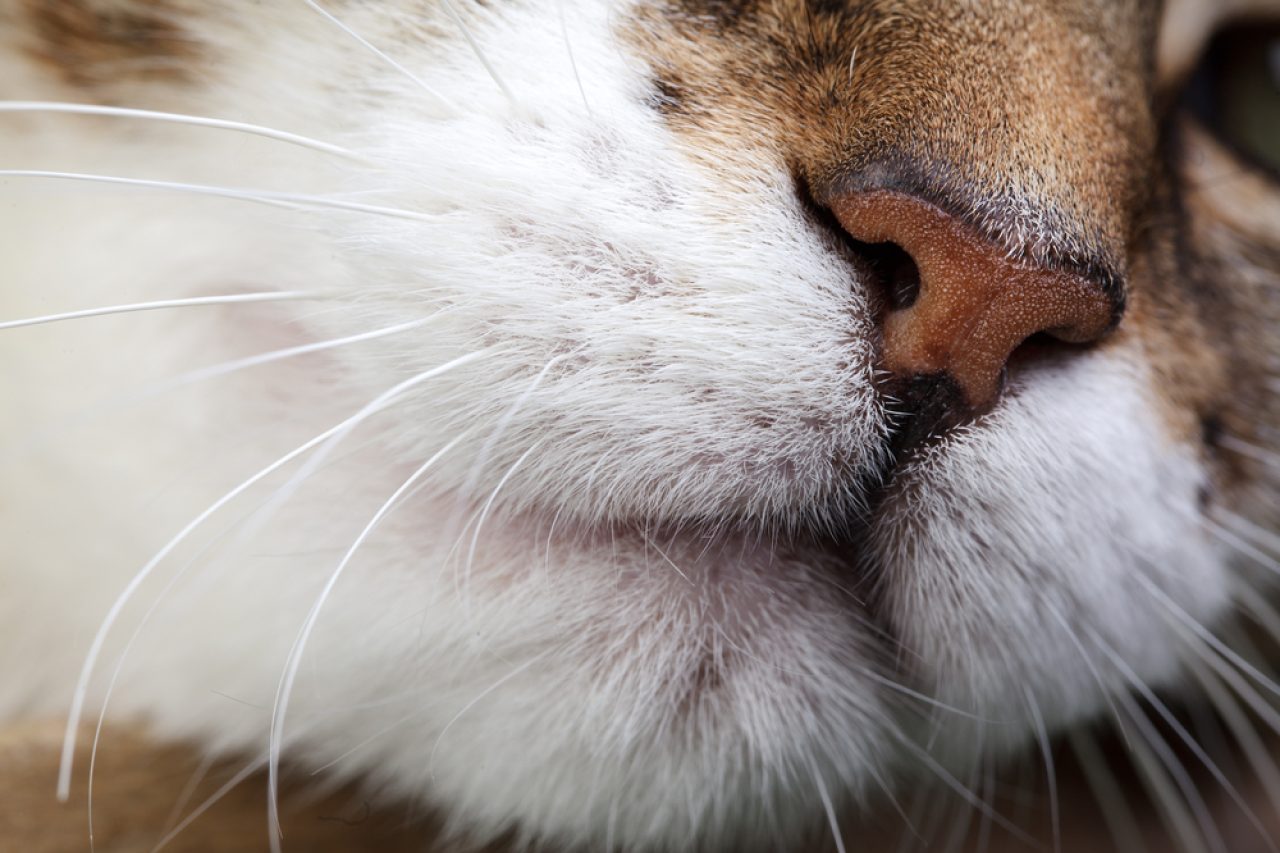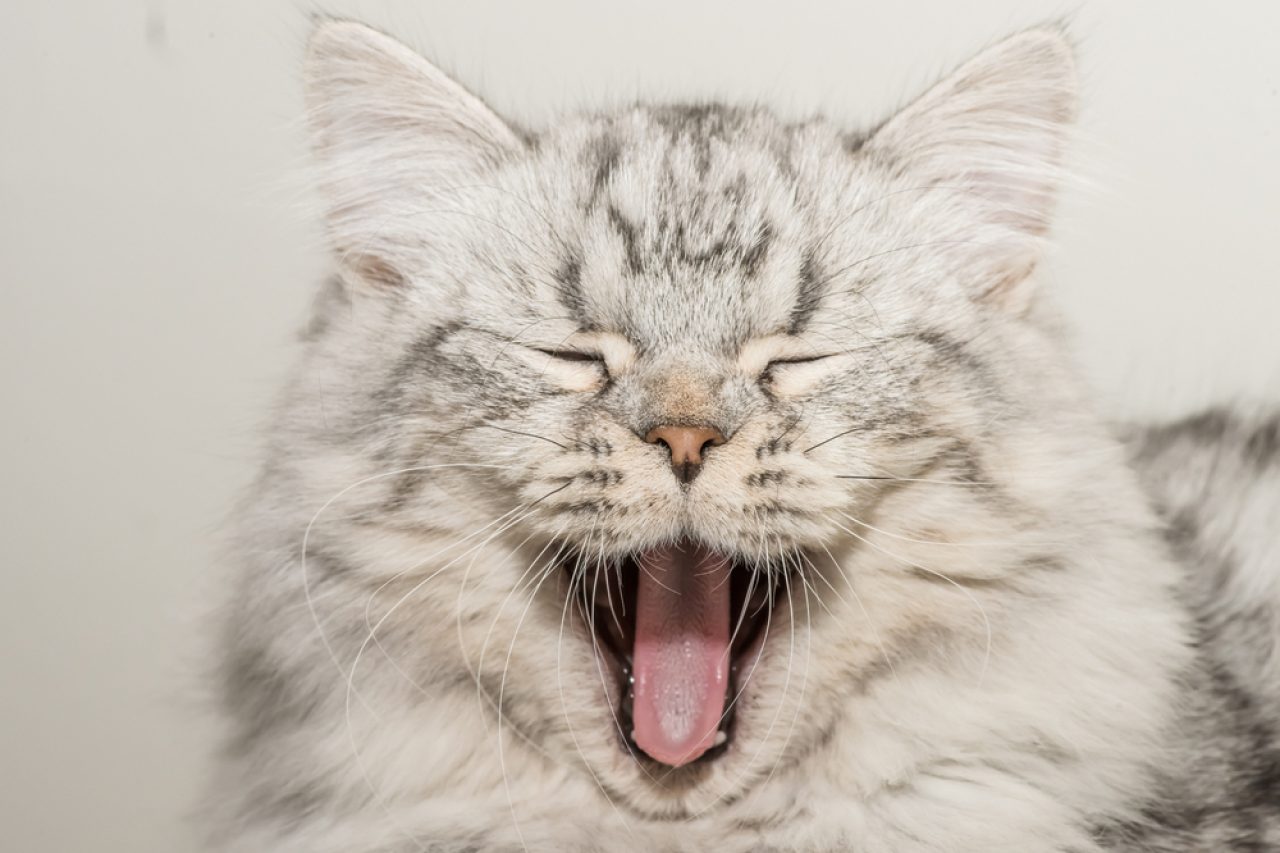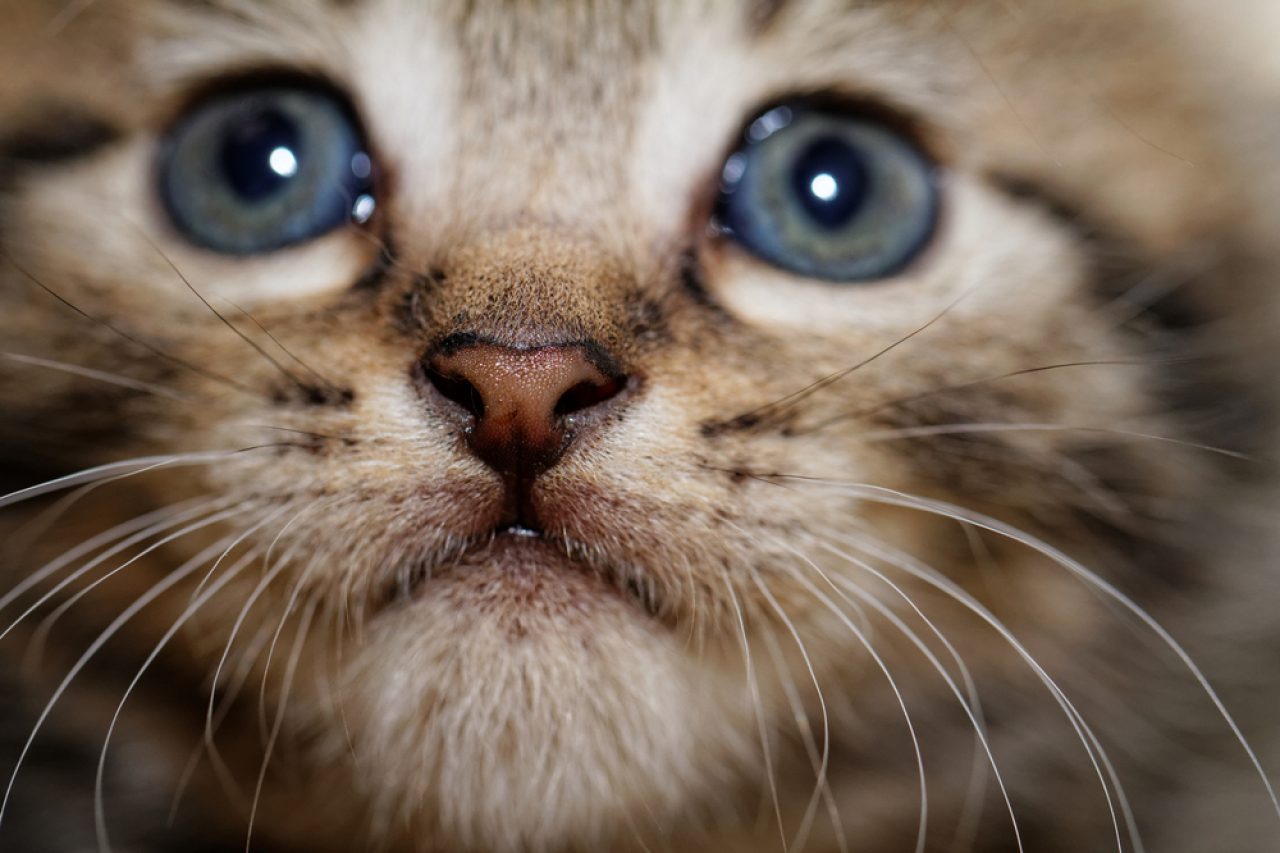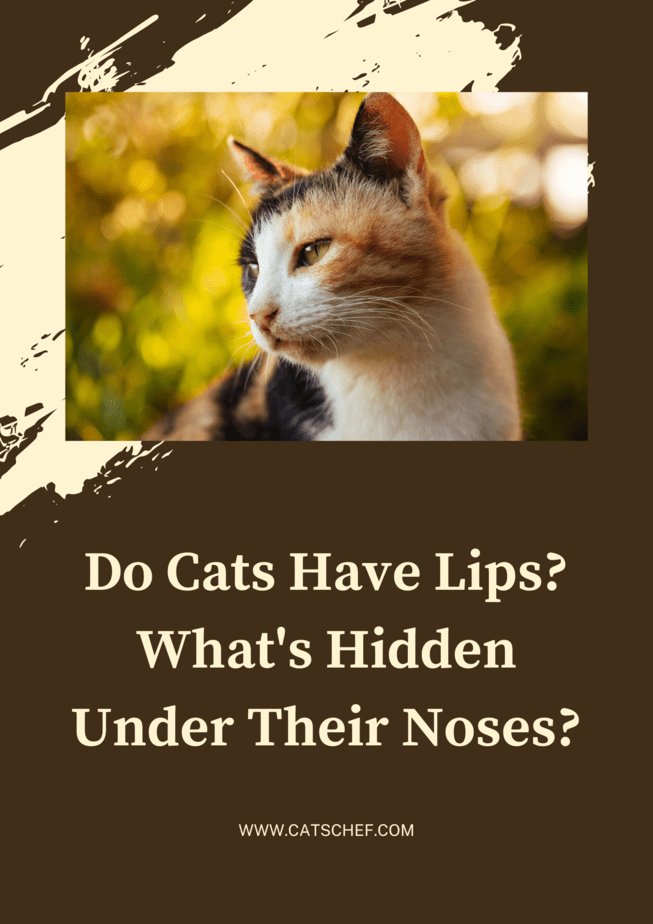📖 Table of Content:
Attention people! Today we have one utterly important question to answer: Do cats have lips? What do you think? Can they wear lipstick and pull off full glam?
There’s nothing more beautiful than when your furbaby falls asleep next to you. You end up observing every inch of her in those moments of serenity. She’s so calm. You can see her chest rhythmically moving up and down, her fluffy fur looks so cozy, and her little toe beans are so cute they’re practically edible!
Right when you wanted to gently stroke your finger from her forehead down to the tip of her nose, she covered her face with her paws. Still, she left some places of her face uncovered to breathe.
That’s when you started wondering, do cats have lips? They have something under their nose, but can that be considered lips? I mean, it’s all pretty furry there, so how can you tell?
When you’re playing with your feline, it’s a pretty normal occurrence for your finger to end up in her mouth and for her to playfully bite you. But, have you ever seen something that resembles human lips? I bet not. So what’s the answer?
Do cats have lips?
Of course, they do, silly. Maybe they’re not so visible, but these little felines, like any mammal, have lips. They are primarily there to help them feed when they’re kittens, so it’s considered one of a cat’s essential body parts.
Besides that, their lips are extremely important in aiding their sense of smell and for communicating with other animals using their secret language. Cat’s lips have a lot of nerve endings and are very sensitive to temperature changes and touch (that’s why you’ll get a teeth mark if you try to touch them!)
It’s true that they’re hidden under her fur, so that’s why you can’t spot them easily. Depending on the cat breed, your feline may have a pinkish or blackish lip color, but we’ll talk about that in the next part.
What do cats’ lips look like?
Okay, we’ve learned that cats do indeed have lips. But what do they look like? Do they have two lips as well? Why do some people say that they have three?!
Let me set the record straight here. Cats don’t have three lips, and those who say so need to perhaps retake their biology class.
Cats’ lips are very thin and barely visible, especially the upper lip. The lower one can be a bit thicker, therefore it’s a bit easier to spot.
Our little furbabies have a split upper lip, making some people believe that cats are three-lipped (is this even a word?) creatures. The reason for this phenomenon is their philtrum. It’s also called a medical cleft and it directly helps when they’re sniffing.
Most cats that have lighter fur colors have pink lips, while those with darker coats tend to have blackish lips. It can also happen that they have black dots, but that’s less common.
So, whiteish cats to ginger ones will typically have pink lips, while those with black, brown, or gray fur will have a darker lip color. Contrary to what some people think, the color of your feline’s lip has nothing to do with his or her gender, so don’t fall for that one.
Why do cats need lips?
So, as we’ve previously mentioned, cats need lips in order to nurse when they’re little. All mammals drink their mother’s milk, meaning they need lips to suckle. This helps them grow and get the most important nutrients to develop properly.
The second reason cats need lips is closely related to the philtrum we mentioned earlier. People also have this body part, but it doesn’t serve us at all. For your feline, this is a really important “split.”
This medical cleft plays a big role in transporting scents from a cat’s nose to its vomeronasal organ. This organ is located in the soft tissue of a cat’s nose and its primary role is to detect odors and pheromones.
When cats sniff around, the philtrum keeps their nose wet by drawing moisture from their mouth. This process is called capillary action.
Ever wonder why a wet nose equals a healthy, happy cat? Well, wet noses are sharper “smellers” than dry ones – the wetness actually helps your feline to smell better. And not only are different odor particles kept longer, but cats also sense pheromones this way.
Their lips also help to mark territory since cats use them to leave their scent all around. A cat’s forehead, front paws, and lips are the main assets when informing other animals that they are about to enter her territory.
Frequently asked questions about cats’ lips
I’m sure that you have more questions after posing the do-cats-have-lips one, so I’ve tried to answer them below. Since I’ve been working in a pet shop for some time and, well, I have a little mischievous devil at home, I’m almost completely sure that this part of the article will help you as well.
Perhaps you already have all the answers you were seeking, but learning more never hurt anyone, right? So why do cats’ lips turn pale, do cats slobber, and is cat saliva toxic for people are just some of the questions I’m about to address. Have fun exploring!
1. Why is it so hard to spot my cat’s lips?
First of all, they are hidden under a lot of fur, so you can’t really spot them if you’re not inspecting your feline’s face carefully. Since they play a major role for cats in sensing their environment, they are well protected. Also, cats’ lips are really thin and don’t resemble our fleshy lips.
2. My cat’s lips are swollen, what’s happening?
There are a couple of reasons your kitty may develop swollen lips, and some are pretty serious. Perhaps you started serving your feline dry food and her gums and lips got irritated. She may have also hurt herself while playing, so check for other signs of injury.
Another reason may be that some other animal or insect bit her. If other parts of her body are also swelling, take her to the vet immediately because she may be having an allergic reaction to the bite.
Cats’ lips can swell due to some viral infection, or in extreme cases, she may have cancer. Eosinophilic granuloma can also be the reason for one of her lips swelling and getting red and hot to the touch.
If you notice any wounds on her lips or other parts of her body, take your cat to the vet right away. It’s better to catch and treat disease or infection early.
3. Why are my cat’s lips turning pale?
Some cats, as they get older, lose the pigment in their skin. For that reason, your cat’s lips may be turning paler than they were in her younger years.
On the other hand, lacking color may indicate that your fluffball may have anemia, so if her gums are pale as well and she’s a bit lethargic, rather get her checked out by the vet.
4. Why does my cat have black lips?
Some breeds naturally have black lips, while in others, they turn darker as your feline gets older. If this color change happened progressively over a long period, there’s nothing to be worried about.
Some cats may have postinflammatory hyperpigmentation, meaning that their skin produces more melatonin, but it’s not dangerous. However, if your cat’s lips turned black overnight, the best decision you can make is to take your feline to the vet to eliminate all suspicions.
5. Do cats slobber?
Usually, no. Sometimes they may salivate, but that happens on rare occasions. However, if you notice that your feline is slobbering often, she may have some dental issues.
Tartar buildup or cavities may cause irritation and discomfort in her mouth. This will lead to drooling and bad breath as well. If you suspect your furbaby may have oral issues, consult your vet without hesitation.
6. Is cat saliva toxic to people?
Fortunately, no, but that doesn’t mean that you should let your kitty lick you all the time. Cat saliva may transfer some diseases to people with weak immune systems, so it’s best to avoid direct contact with it.
Cat saliva is one of the main allergens for people who are allergic to cats since it contains the protein Fel d 1, which is the main culprit for cats not being hypoallergenic. Also, don’t let your furbaby lick your wounds, since that’s a surefire recipe for getting an infection.
7. Can I kiss my cat?
Well, if you really want to and your feline agrees to it, you can, but it’s not highly recommended. As we mentioned earlier, cat saliva is not dangerous for people, but it may transmit some diseases.
If you know that your cat is sick, or if you have some health problems, avoid directly sharing those germs. Even though most cat diseases and parasites can’t be transmitted to people, ringworm, E. coli, and a few others can. Common bacteria like staphylococcus or Pasteurella are also really dangerous for us and your feline may give them to you.
Cats have no idea what a kiss means, it’s just a form of physical contact to them. So if you really want to give her attention, petting will be more than enough.
8. There’s some brown crust around my cat’s mouth. Should I be worried?
If you notice this after she came back from outside, check her thoroughly because she may be hurt. The brown crusting around her mouth may be dried blood or simply dried dirt, so it’s better to establish which of these two before you start panicking.
Use warm water or some ointment and medication to clean it gently. In case she’s hurt, take her to the vet and monitor her along the way.
If she simply has dark areas, not crusting, there are two possibilities – acne or saliva. Acne will cause discomfort and can lead to severe diseases, so it’s important to treat it on time. If it’s saliva, it means that your feline is drooling a bit more than usual.
Dried liquid on your cat’s fur will form darker spots, so if you notice that, simply monitor your fluff a bit more closely for oral issues. She’s won’t eat as much as usual and she may cover her face with her paws.
9. Why do cats curl their lips?
This is called the Flehmen response and a lot of mammals do this. Basically, what they do is move their upper lip and uncover their teeth and gums so they can transfer the scent into their vomeronasal organ.
Animals often do this when they’ve caught pheromones and held them for some time to have a good whiff. Besides cats, many other animals do this, including giraffes, horses, goats, pandas, and even elephants!
